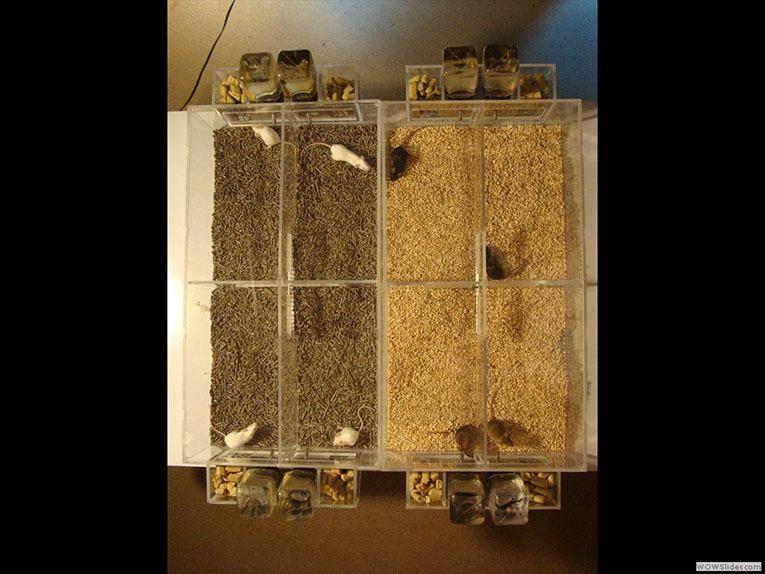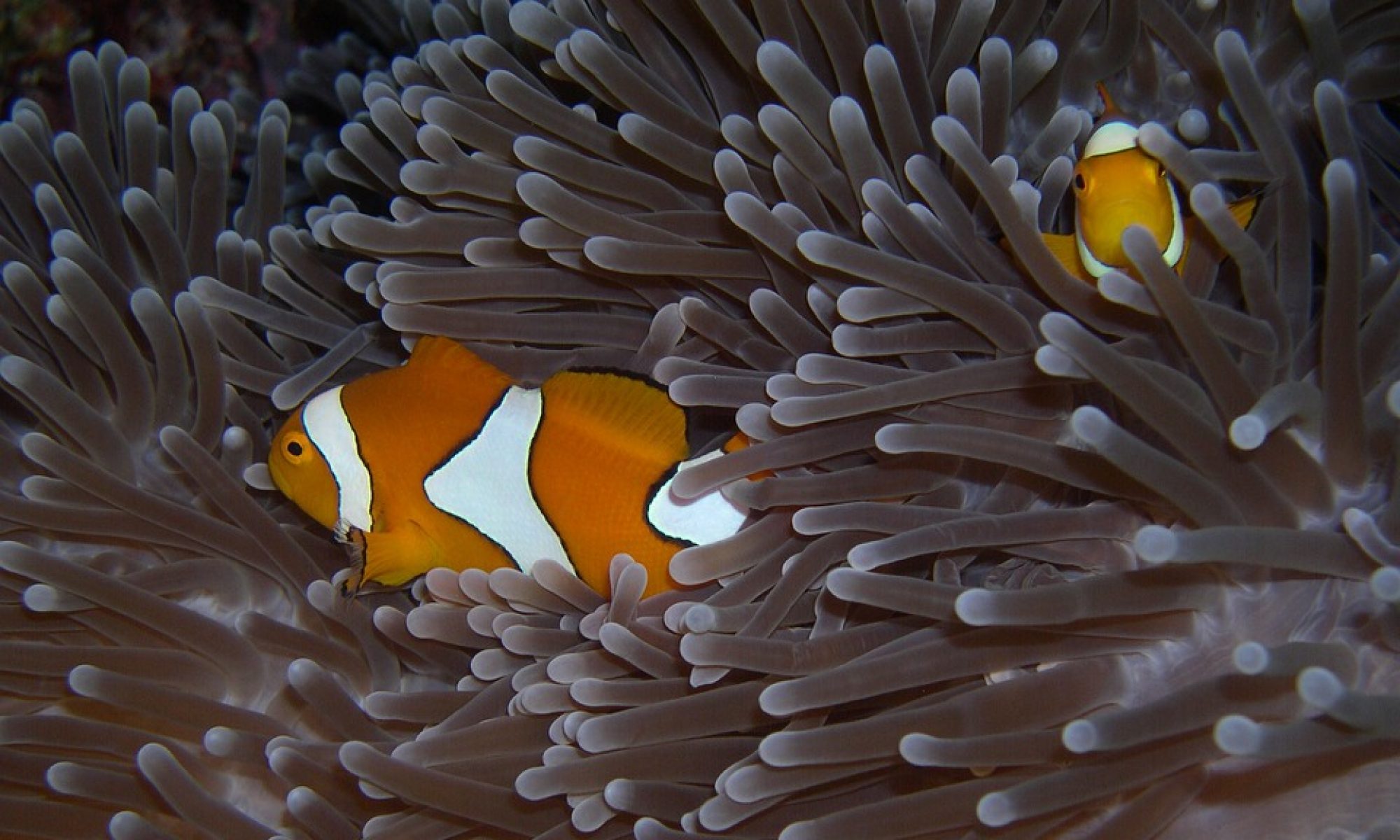
In addition to continuing to work on the lines of mice selectively bred for increased voluntary wheel running maintained by my graduate advisor, I developed two lines in my own laboratory derived from the highly genetically variable 8-way Collaborative (or Diversity) Cross. One line is selectively bred for increased home cage activity each generation using video tracking in cages without wheels to measure horizontal movement, and one is randomly bred to serve as the control. The lines are currently in generation 19, approximately 7 years of work.
Recently, we discovered that mice from the high-active line display motor impulsivity suggesting that hyperactivity and impulsivity are inevitably entangled traits influenced by similar suites of genes in our lines. Further we established that the hyperactivity and impulsivity are ameliorated with amphetamines given at similar doses used to treat Attention Deficit Hyperactivity Disorder (ADHD). My current proposal is to use the newly validated model to find the genes implicated in hyperactivity/impulsivity and as a platform for ADHD medication development.
